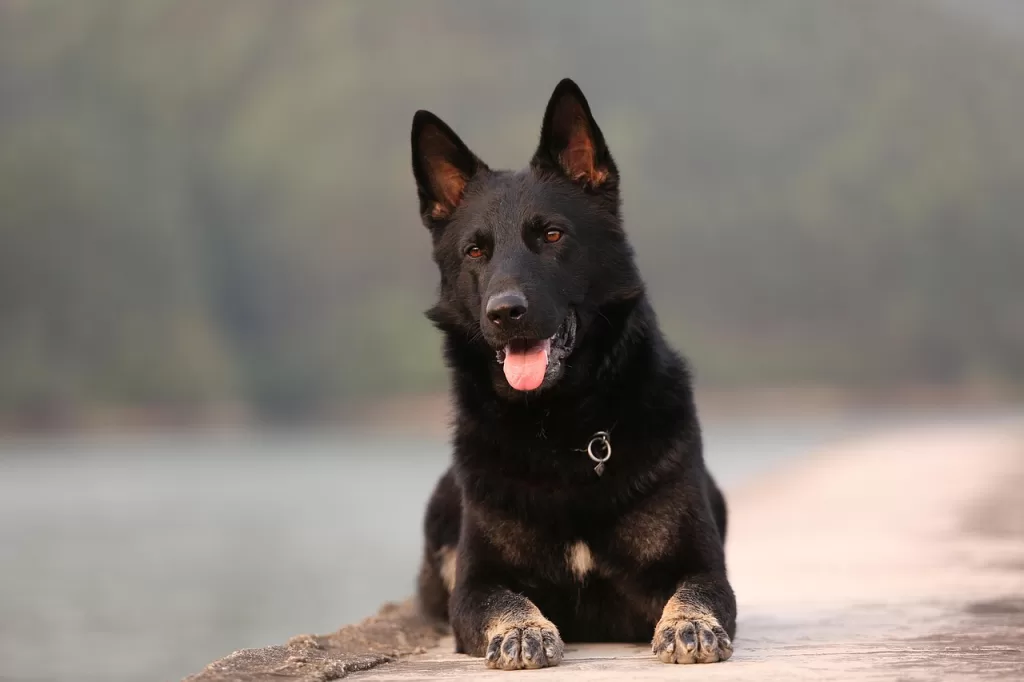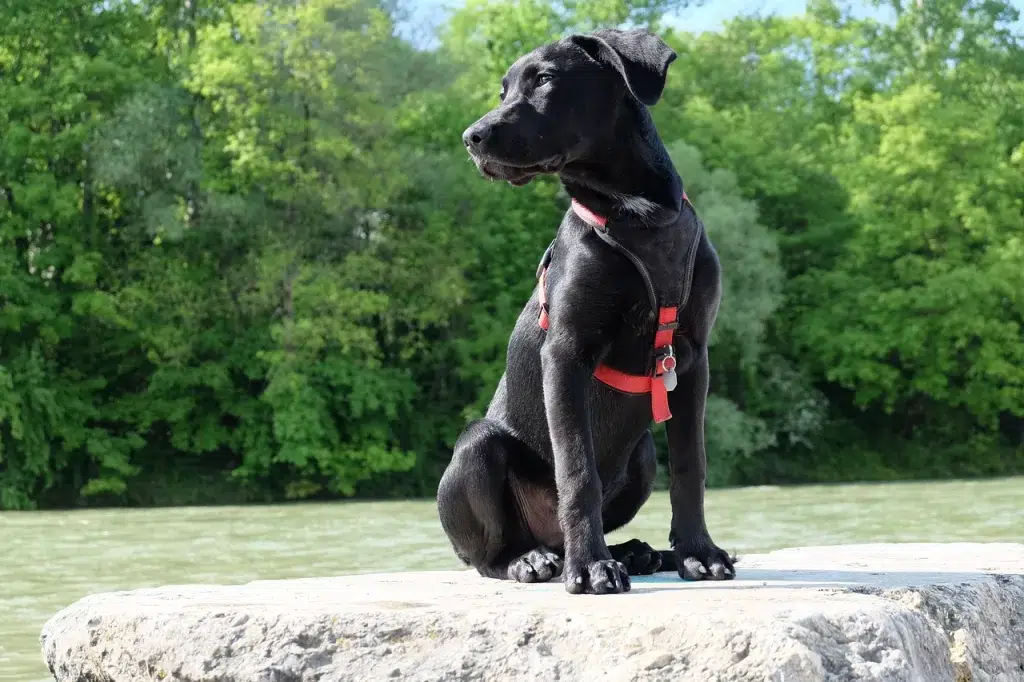Recall Revolution: Getting Your Dog to Come Every Time

Introduction:
Recall Revolution Picture this: you’re at the dog park, your furry friend happily frolicking with fellow canines. As you call your dog to come back, you’re met with selective hearing or a leisurely saunter in the opposite direction. The struggle is real, but fear not! In this Recall Revolution guide, we’ll explore effective strategies to transform your dog’s recall response, ensuring they come bounding back to you every time you call.
I. Establishing a Solid Foundation:
Building a reliable recall starts with laying a strong foundation. Begin training in a controlled environment, free from distractions. Use positive reinforcement techniques like treats, praise, or play to reward your dog for coming when called. Consistency is key – always use the same command and reward system to create a clear association in your dog’s mind.
II. Gradual Introductions:
Gradually introduce distractions as your dog becomes more proficient in responding to your recall command. Start with mild distractions and progressively increase the difficulty level. This could include introducing toys, other dogs, or even practicing in different locations. The goal is to teach your dog to respond to your command regardless of external stimuli.
III. Making “Come” a Positive Experience:
Ensure that coming to you is always a positive experience for your dog. Avoid using the recall command in situations that could lead to negative consequences, such as scolding for misbehavior. Coming when called should be associated with rewards, attention, and a sense of security. This positive reinforcement strengthens the bond between you and your dog.
IV. Play Games to Reinforce Recall:
Incorporate games into your training routine to make recall more engaging for your dog. Games like hide and seek or fetch can be adapted to reinforce the recall command. These activities not only make training enjoyable for your dog but also help to solidify their understanding of the command in different contexts.
V. Consistency is Key:
Consistency is the golden rule in recall training. Use the same command each time, and ensure that everyone in your household is on the same page. Mixed signals can confuse your dog, so establishing a unified approach is crucial for success. Consistent positive reinforcement builds a strong association with the recall command in your dog’s mind.
VI. Safety First:
Recall is not just a matter of convenience; it’s a safety imperative. A reliable recall can prevent your dog from engaging in potentially dangerous situations, such as running into traffic or approaching unfriendly dogs. Prioritize safety by reinforcing recall regularly, even after your dog has become proficient, to maintain a strong and reliable response.
Conclusion:
Mastering the art of recall revolutionizes the way you interact with your dog, providing freedom and safety in equal measure. With patience, consistency, and positive reinforcement, you can transform your dog into a recall rockstar. Embrace the journey of training and watch as your furry friend comes bounding back to you with joy and enthusiasm, making every recall a triumph in your shared adventures.
Recall Revolution: Getting Your Dog to Come Every Time Read More »

